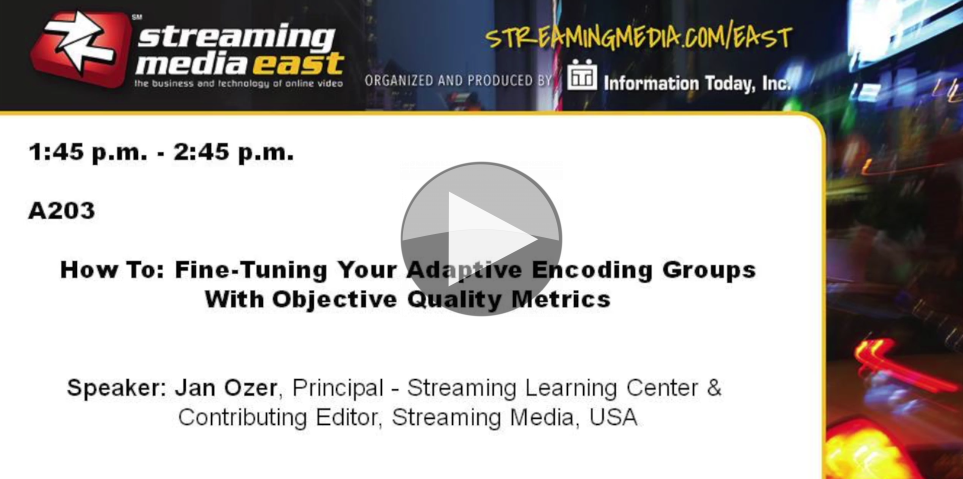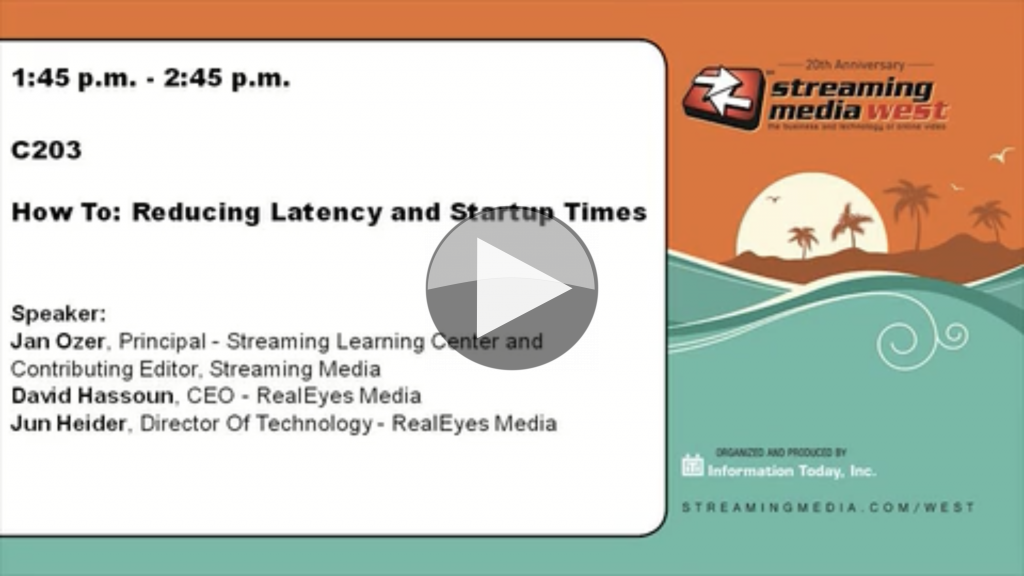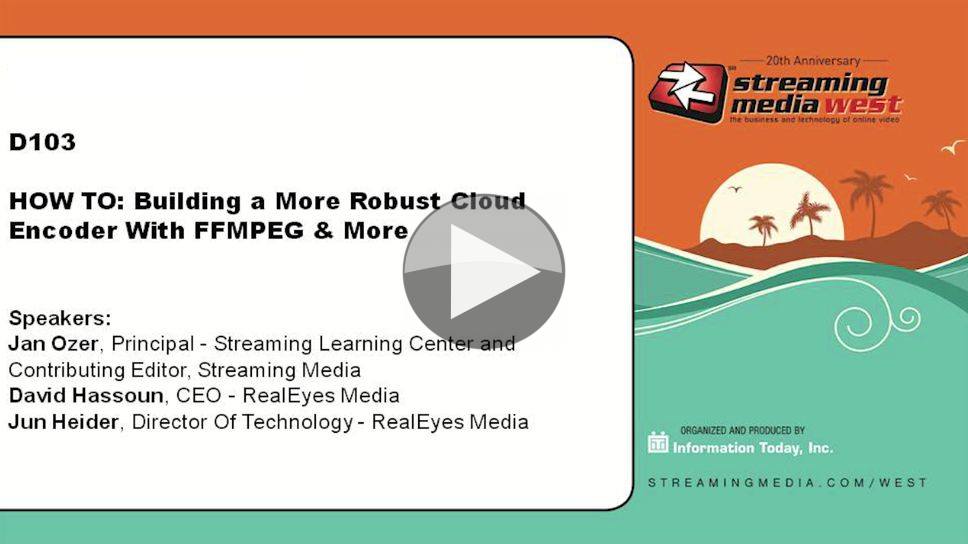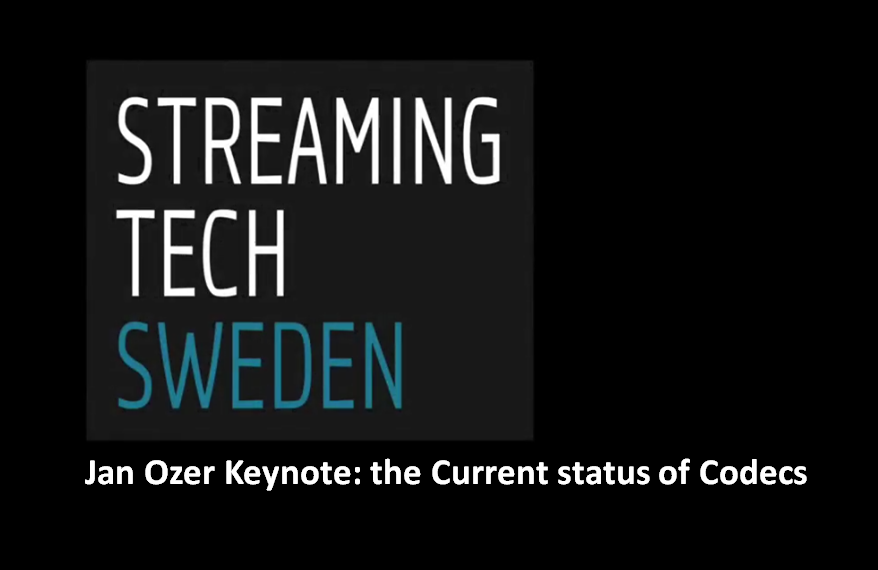
In this on-demaind video, Streaming Learning Center’s Jan Ozer explains objective metrics to us and how they can be used to build better ABR ladders.
Choosing the number of streams in an adaptive group and configuring them is usually a subjective, touchy-feely exercise, with no way to really gauge the effectiveness and efficiency of the streams. However, by measuring stream quality via metrics such as PSNR, SSIMplus, and VQM, you can precisely assess the quality delivered by each stream and its relevancy to the adaptive group.
This presentation identifies several key objective quality metrics, teaches how to apply them, and provides an objective framework for analyzing which streams are absolutely required in your adaptive group and their optimal configuration.




